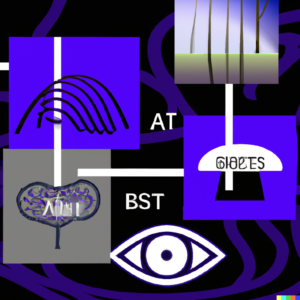Here’s a scenario we see all the time, as do most marketing professionals. And it happens daily:
Brand marketers assess a target audience, build personas, create campaign strategies, develop multiple creatives and push out initial media buys on paid media channels. With time and ad spend – the metrics roll in and marketers assess performance and make adjustments with the limited resources they have with their existing creative.
So What’s the Issue?
Let’s start with the obvious. Live experimentation is a time-consuming discovery process to verify and validate. Marketing teams must be extremely agile on creative execution and can spend time development all sorts of concepts into their ad campaign. A product on a white canvas won’t sell, it’s the concepts you combine that tell the story.
At this point, we have already made many assumptions about our audience. We’re investing resources in creative development and are potentially wasting funds on ads in a discovery phase that can take weeks or even months.
Another issue is that marketers can make false judgments on their audience. Do the marketers truly know what their audience wants and understand not just what resonates, but why? Explainability is critical to cutting waste and informing future decisions.
Given that many studies indicate as much as 50% of ad budgets are wasted and anywhere from 20-80% of ads underperform, there has to be a better way to optimize. This is where an AI Audience Model comes in.
An Audience Simulator
Think of this as a virtual simulator. Just like how a pilot or a car driver can test drive in a risk-free environment instead of the real world, marketers can “test drive” ads before going live. Not only will these save money and time, but drive the marketers to think creatively by applying data and predictions behind their campaigns.
Knowing what audiences want may seem difficult. After all, an audience you are targeting can span globally. The good news is that we can model this audience using valuable 1st party data. Behind all the performance metrics on Google and Facebook dashboards are the answers. Being able to harness that data is the key to answering the “what” and the “why”. This explainability ultimately eliminates the assumptions, drive creative direction and improve performance.
That means you can quickly and proactively affirm, guide and course correct strategy to help drive creative development and media buys.
How Does This Work?
Getting a handle on what the audience wants and why defines the success of every step in the process. This is why it starts with your 1st party data.
With Google ending support for 3rd party data, the switch to 1st party data has become even more important. This data represents your real, actual audience and customers. It’s from this data your audience leaves the clues that inform an audience model, so you can surface insights on what they care about and what they engaged with.
An AI Audience Model™ can be designed to deliver insights on the “concepts” that engaged the audience, and what turned them off. This sounds easy, but when you look at an image and copy ad there could be thousands of concepts (i.e., tree, leaves, path, lake, bike).
In the past without an AI, it was simply impossible to test each of these concepts to see if they were driving interest and engagement. Testing individually from focus groups or your own internal review is highly limited and not scalable. This means bias and assumptions occur and we miss opportunities.
With an AI Audience Model™, instead of relying on live experimentation, marketers can be proactive using insights. We can quickly test our own creative ideas. We can use stock content, past campaign content, and critically, competitor creative all to surface insights from the audience simulator before any live testing.
The insights that an audience simulator surfaces can contain insights on products, product features and benefits, product models, colors, demographics, locations and pricing. It can provide feedback on what concepts in competitor ads work for your audience that you may not even have been aware of.
Armed with these insights marketers can quickly understand what’s engaging the audience, and why.
Knowing this, marketers are ahead of the game. Marketers can more efficiently allocate time and funds to what will have an impact and better prepared to succeed with decision making backed by real audience insights.




